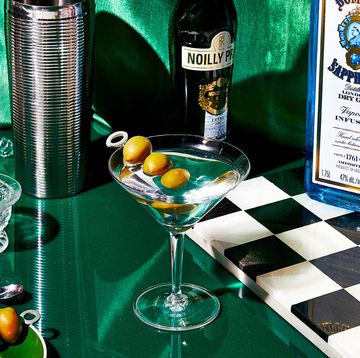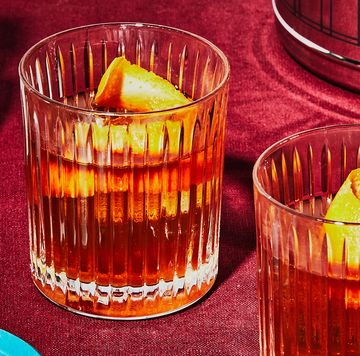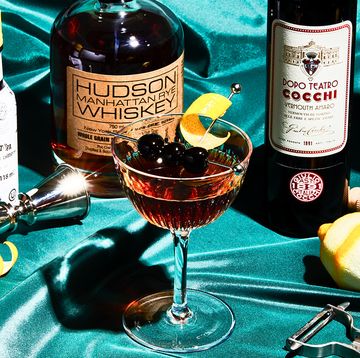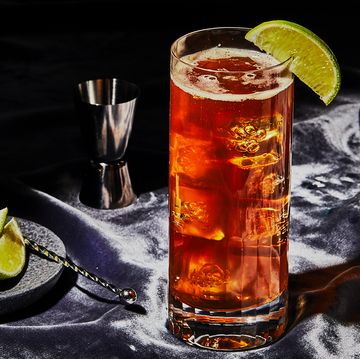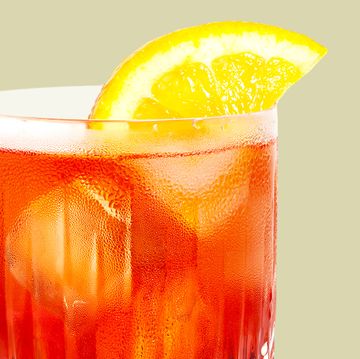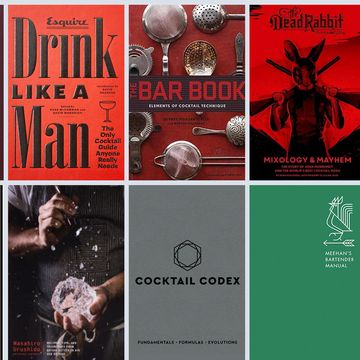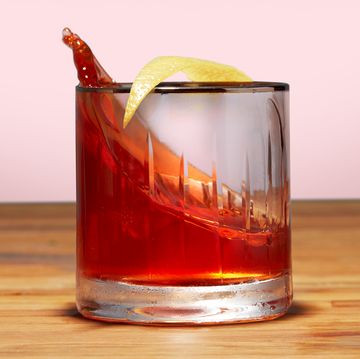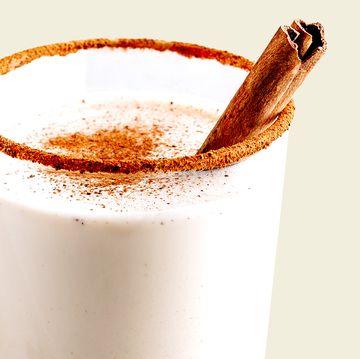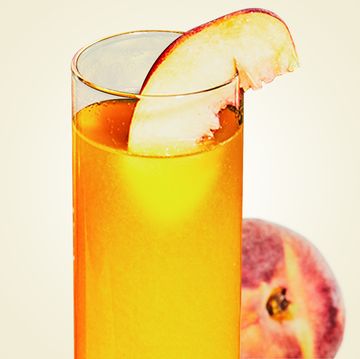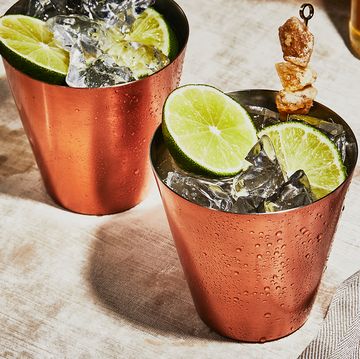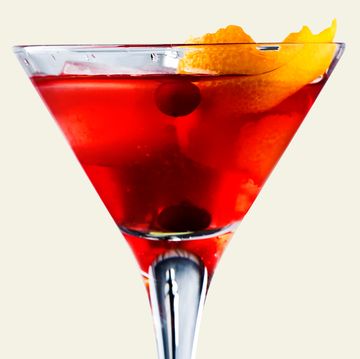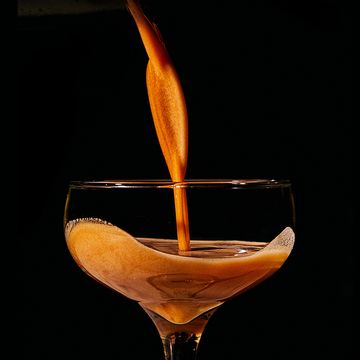Don’t call a high ball a whiskey soda, or a vodka soda, or a tequila soda. A highball denotes precision and craftsmanship. The "spirit-soda" thing is what you’d scream at a bartender who’s four rows of people away from you, and who’ll dash some well junk in a tallish cup over ice and drench it with the bar soda gun. A twist of lemon or a wedge of lime with that? In your dreams.
Yeah, the highball is something you can make yourself (quite easily, I’ll add) in the peace, comfort, and solitude of your own home, and still call it a name that implies you made an effort, like "highball," not like "whiskey soda."
But, sure, fine, the ingredients are the same.
Join Esquire Select
The highball was dubbed as such back in the late 19th century at a Manhattan bar, and from there it was loosely applied to whiskey watered down with soda water, whiskey watered down with just plain water, and whiskey watered down with ginger ale. Other spirits crept into the equation. In 1949, Esquire called the highball the "high priest of tall drinks." Years later, the scotch and soda became the most-recognized offshoot. In 2018, we noted that the highball was enjoying a comeback among elite drinking establishments, powered by the nuanced science of bubble-making, as perfected much in part by bartenders in Japan.
On the topic of bubbles: They matter just as much as the spirit you choose. Off-brand grocery store club soda, though technically correct, just won’t have the same sharp fizz of bottled club soda like Q or Fever-Tree—you know, the Nice Stuff. For a highball that’s really nose-tingling crisp, stock your fridge accordingly. Another technique for preserving bubble integrity is using a narrow-mouthed glass (like, ahem, a highball glass). And before pouring the highball, take the extra steps to chill the spirit and make clean, clear ice.
In other words, spend some time with your highball, even if only you will be able to tell the difference.


